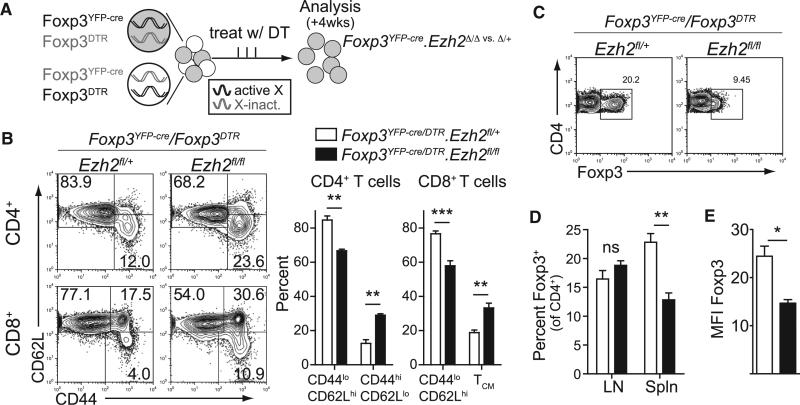Figure 4. Acutely Challenged Ezh2-Deficient Treg Cells Are Unstable and Do Not Control T Cell Activation.
(A) Experimental model to selectively deplete wild-type Treg cells to challenge Ezh2Δ/Δ Treg cells to maintain immune homeostasis.
(B) Analysis of CD4+ and CD8+ T cell activation in lymph nodes by CD44 and CD62L expression after four weeks of DT treatment (33/week) of Foxp3YFP-cre/ Foxp3DTR;Ezh2fl/+ or Foxp3YFP-cre/Foxp3DTR;Ezh2fl/fl mice.
(C and D) Representative flow cytometric analysis of the percentage of Foxp3+ Treg cells (of CD4+ cells) in spleens of mice treated with DT (C) and quantification of the percentage of Foxp3+ cells in the spleens or lymph nodes (D).
(E) MFI of Foxp3 expression by antibody staining of splenocytes of DT treated mice.
Data are mean ± SEM and representative of at least three mice per genotype from three independent experiments. See also Figure S3.

